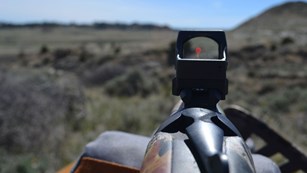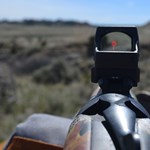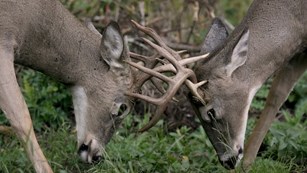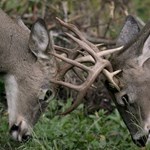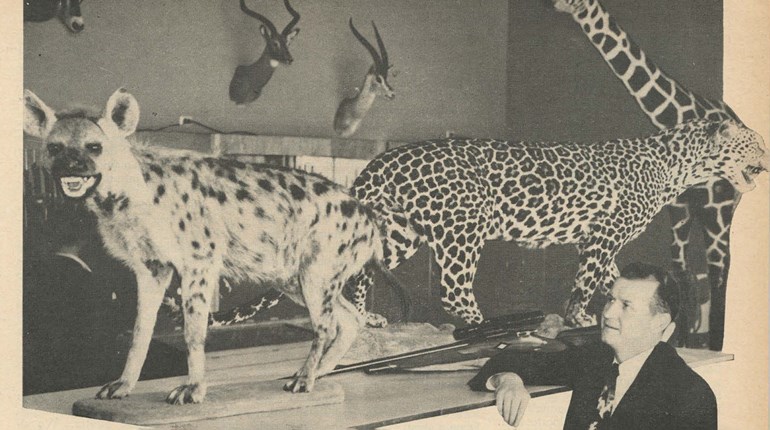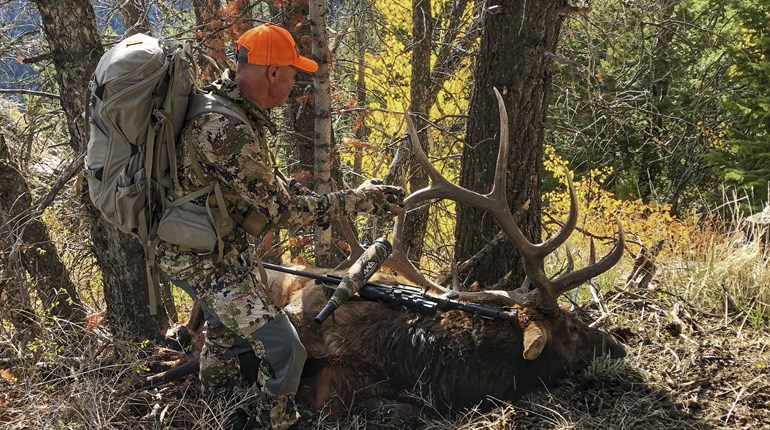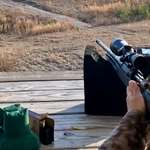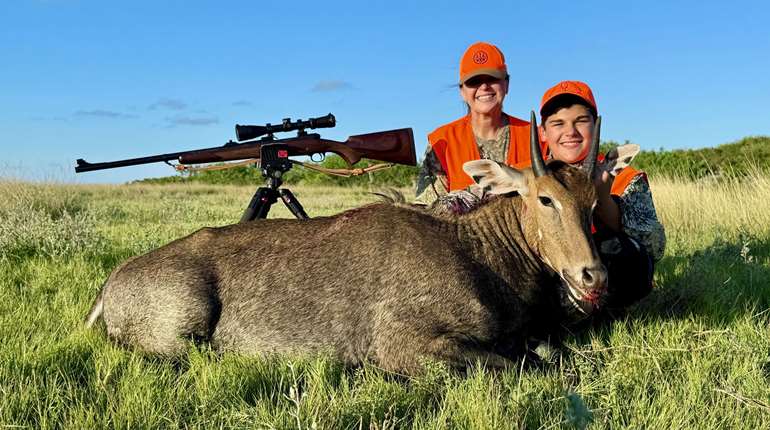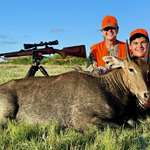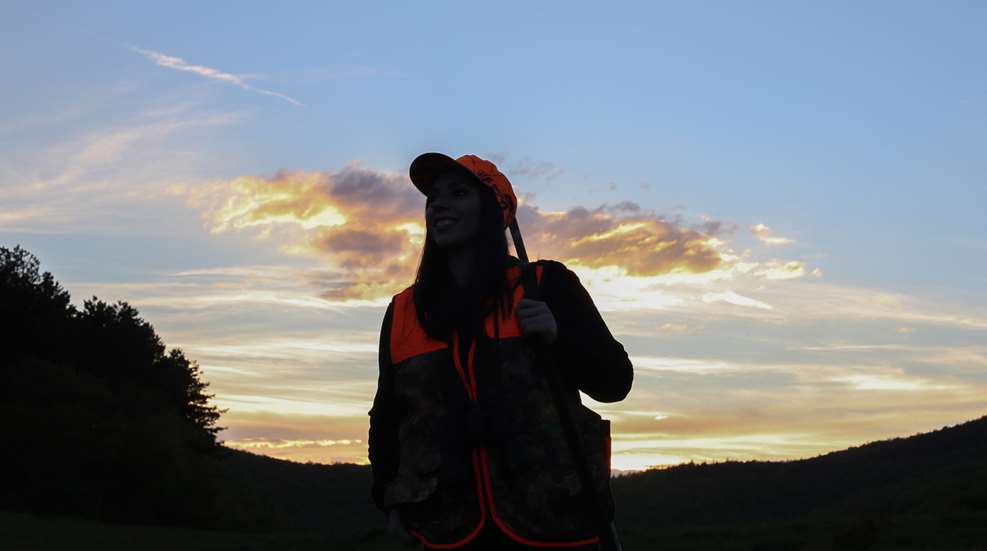
Deer hunting really isn’t as complicated as we sometimes make it seem, but there are a few things that you just don’t want to do because they’ll suck all the fun out of your hunt. From forgetting the essentials to taking your gun for granted, these five things are guaranteed to ruin your deer hunt.
Over- or Underpacking
Load your bag down with too much stuff and it’ll be uncomfortable to carry even a short distance and leave you with a backache at the end of the day. It might even take up too much space in your treestand or blind. On the other hand, not packing enough—whether that’s toilet paper, snacks, reading material, handwarmers, extra layers or something else—can leave you in the lurch. This is probably a bigger problem than overpacking, because being hungry, bored or cold just makes a day no fun, whether you choose to head back early or tough it out all day in discomfort. Over time, you’ll figure out what you really need, want and can do without in your pack.
Working Up a Sweat
I have this problem frequently. I work up a sweat hiking to my stand and climbing up my tree, then shed a couple of layers because I’m so hot. By the time my body cools off and I’m ready to put the layers back on, I realize my mistake: Sweat makes you cold. There aren’t enough layers in the world to fix damp, clammy skin, and you’ll shiver for the rest of the day if the temperatures don’t climb dramatically. And when I’m cold, I’m miserable—often miserable enough to quit.
Wearing good wicking (not cotton!) base layers will help mitigate the effects of sweat, but the best solution is to avoid sweating in the first place by whatever means necessary. I’ve taken to parking my truck or ATV a good bit earlier than I used to so I can walk into my stand very slowly and carefully, taking a lot of breaks, so I don’t work up a sweat before I get there. And although it’s a pain to carry, I also remove my outer upper layers when I park and put them back on just before I climb up. This helps keep me from getting overheated on the hike in.

Taking Your Gun for Granted
There are all sorts of non-safety-related mistakes you can make with your firearm that will ruin a deer hunt. Neglecting to sight in your gun at the beginning of the season or after significant travel is a big one—don’t assume that just because the scope was dead-on at the end of last year, it’s still on. Switching ammo without sighting in all over again is another mistake, as is one bonehead move I still make from time to time: Dialing my scope’s magnification up at the range but forgetting to dial it back down to a low setting before hitting the woods. I have missed opportunities at more than one animal because I couldn’t find them quickly in my cranked-up scope.
Having Unrealistic Expectations
A universal truth about deer hunting is that you can only kill a big buck if you’re hunting where a big buck is. And they just aren’t everywhere. If you’re hunting in Florida but have your heart set on a 300-lb. Wisconsin-sized whitetail, you’re in for disappointment—it just isn’t going to happen. Depending on where you hunt, you might not even see a deer all day long or for multiple days in a row. That’s just typical for some areas.
If you watch too much hunting TV, it’s easy to get the impression that everyone shoots a big buck or two every season, and if they don’t see a buck one day, at least they’ll be able to shoot a doe. This just isn’t the case in real life. Most of us are lucky to kill a big buck every few years or even only a few times in our lives. That said, any legal deer you’re happy with is a trophy deer you should be proud of. Just set your expectations in line with the reality of where you hunt to avoid disappointment.
Not Having a Plan for Success
I know what I just said about expectations, but you should never go deer hunting without a plan for what to do if you’re successful. If you’ve hiked for hours over valleys and mountains out West in grizzly country and finally kill a deer four miles from the truck 30 minutes before dark, you’ve got a problem. You failed to plan for success. If you shoot a deer near a property line and he runs deep onto private property before piling up, you’d better have a plan for contacting that landowner so you can blood-trail the deer. No matter where you are, you’d better have a drag rope (at the very least) in your pack so you can drag any deer you might shoot out of the woods. I also always have a knife, a pen to fill out my tag, and a bottle of water for rinsing my hands.
Have a plan for field-dressing and dealing with the animal after it’s down. I usually like to gut a deer where I find it, if I’m able (hence the bottle of water), then drag it back to my ATV, load it up and haul it to the meat shed for hanging and butchering. There’s always a gambrel, some buckets, trash bags, butcher paper and plastic wrap (or a vacuum sealer) at home or the cabin where I’ll be cleaning and butchering, and there are designated dump-sites at each location where I’ll leave the bones and hide for the coyotes to clean up after I have removed all the meat. If you shoot a deer and drive it home to your house in a neighborhood to butcher in the garage, that’s great, but make sure you have a plan for disposing of what’s left.
Even if you plan to take the deer to a processor, you will want to field-dress it to start the cooling-off process, so you’ll need a knife on you, and you’ll need to have a processor in mind so you know where to go. Make sure you know his hours or how to access his drop-off cooler if he’s closed by the time you get there.
The point is, don’t assume success is a guarantee, but prepare as if it is. Always have a plan for what to do with a deer so you don’t find yourself standing over a downed animal thinking, “Now what?”
